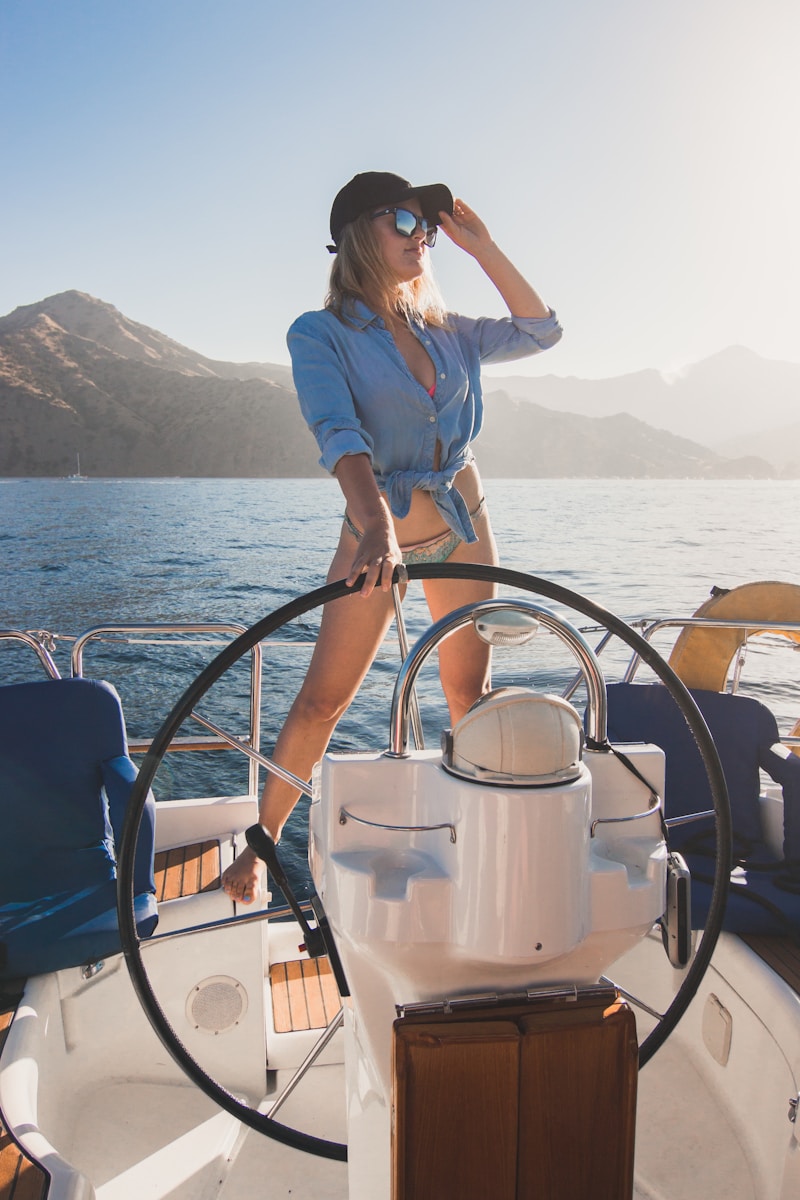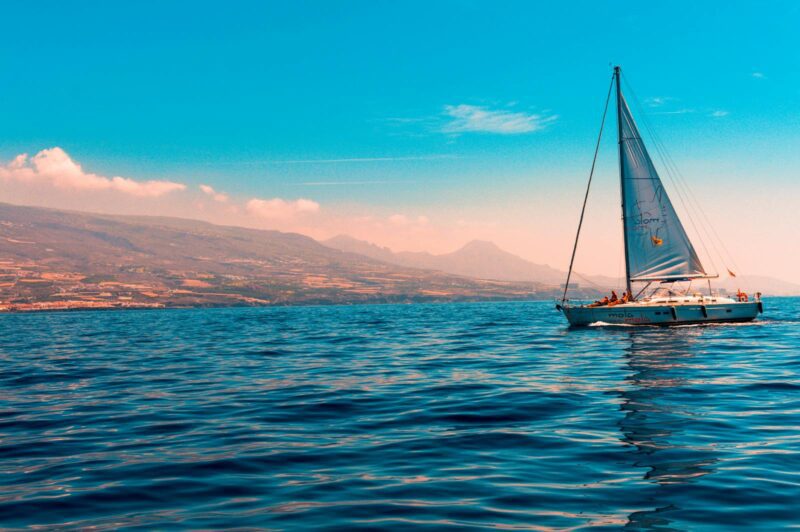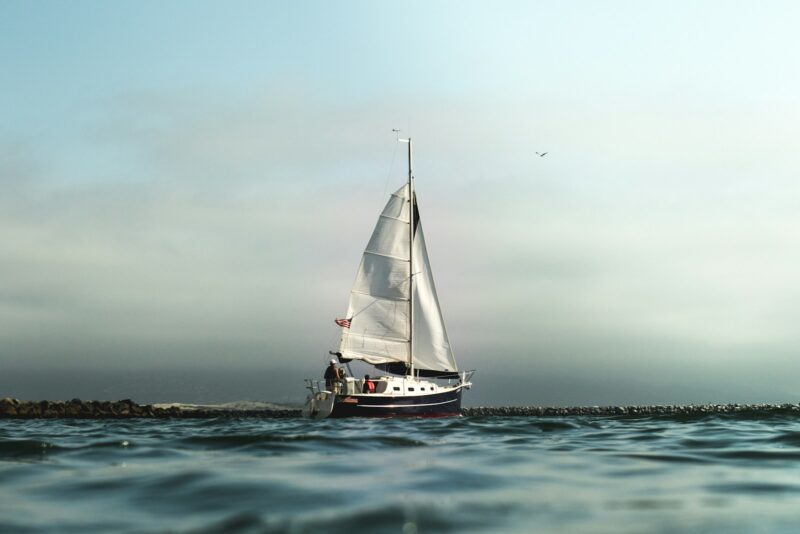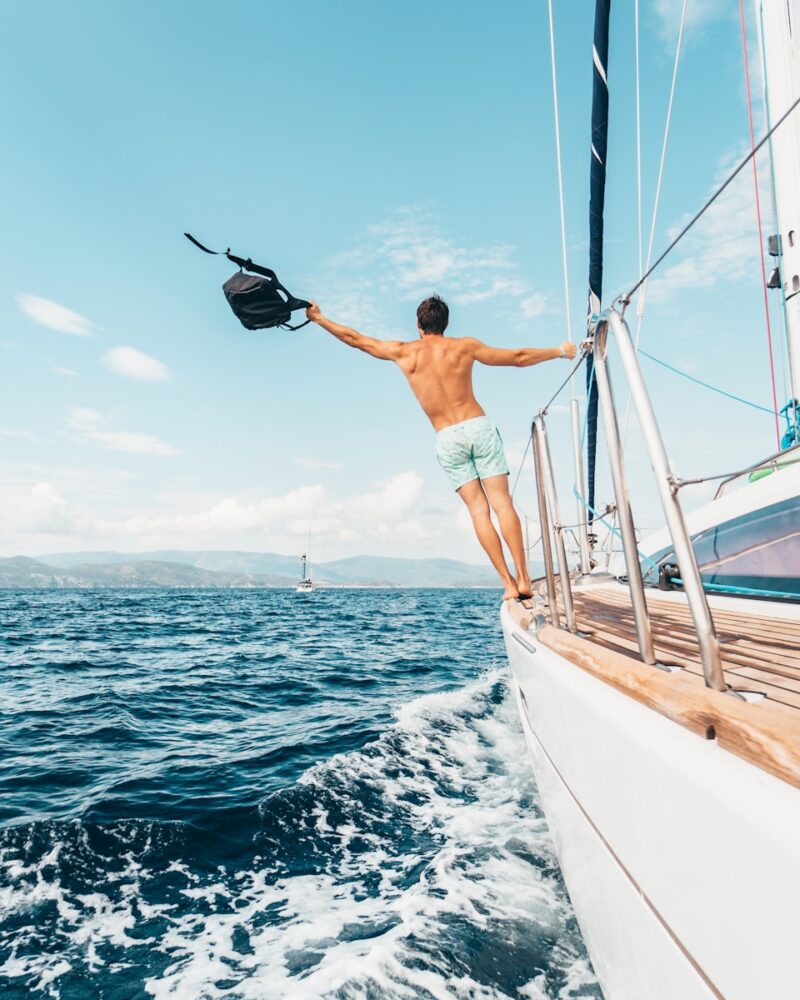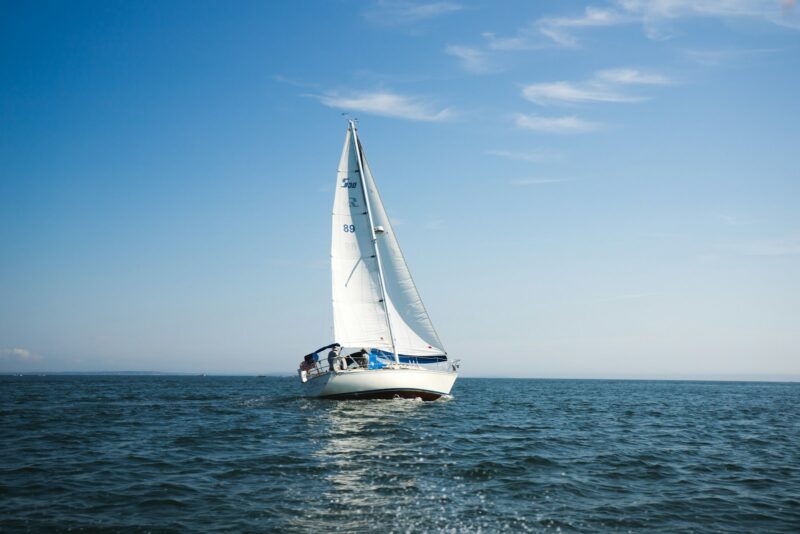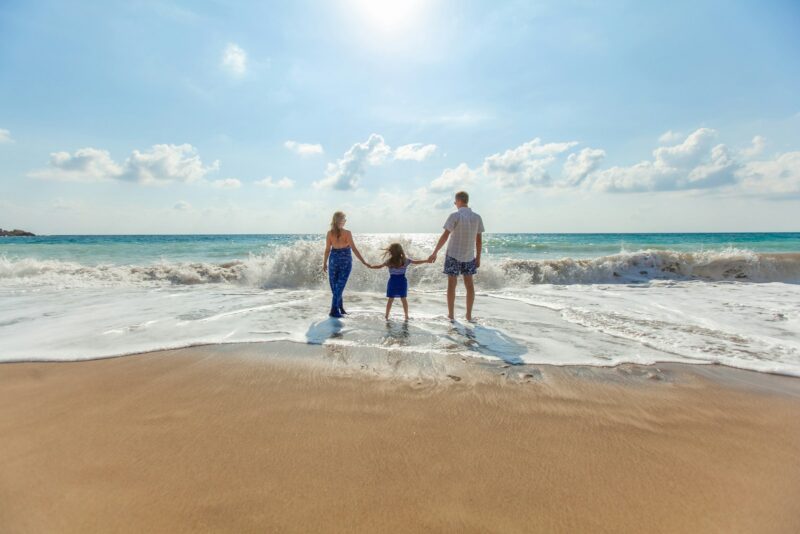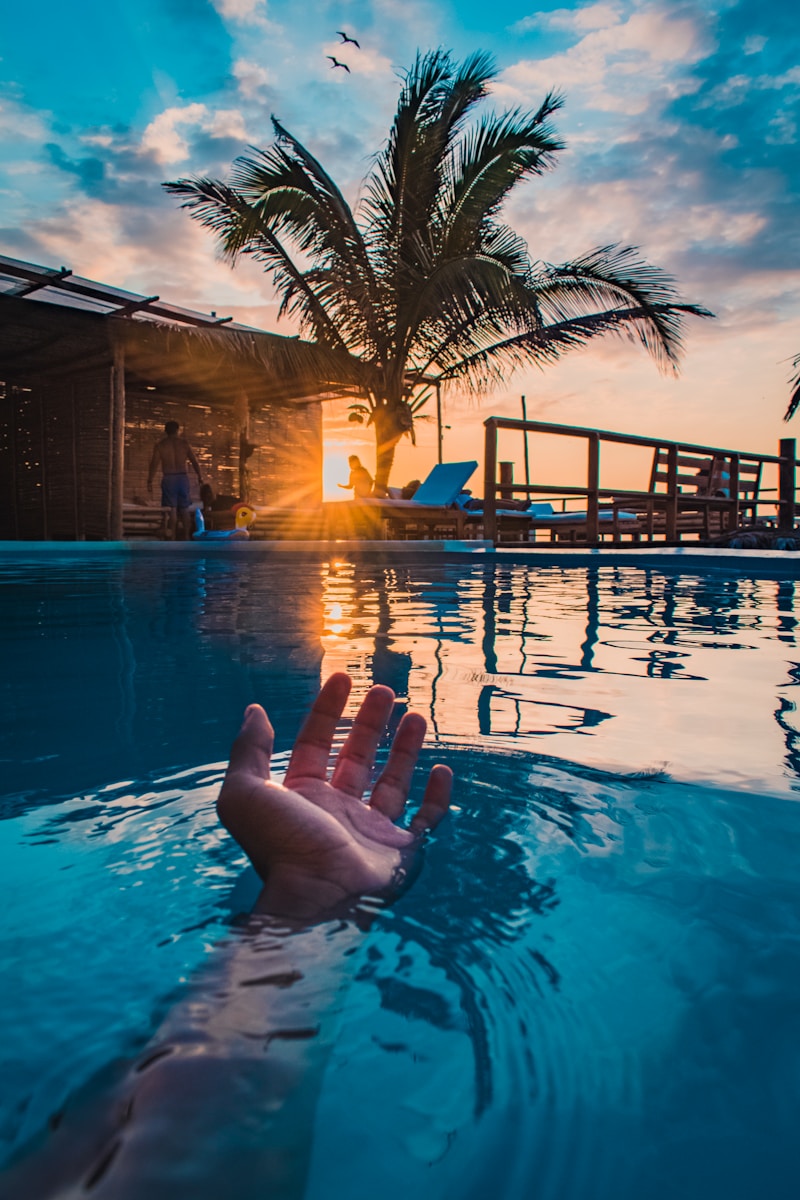Imagine sailing across crystal-clear waters while knowing your trip isn’t harming the environment. That’s what eco-friendly sea travel is all about. It’s a way to enjoy the ocean without leaving a big carbon footprint.
Cruise lines are changing how they operate to protect our seas. Sustainable cruises now use cleaner fuels, treat waste better, and save energy. These steps help keep our oceans clean for future travelers.
You can be part of this positive change too. When you pick a cruise or sailing trip, look for companies that care about the environment. Choose trips that visit nature reserves or marine sanctuaries. This way, you can have fun and help protect the places you visit.
Table of Contents
ToggleChoosing Eco-Friendly Cruises
When planning your next sea adventure, picking the right cruise can make a big difference for the environment. By looking at a few key areas, you can find a cruise that matches your values and helps protect our oceans.
Researching Cruise Lines
Start by checking out different cruise companies. Look for ones that talk openly about their green efforts. Hurtigruten is a good example. They stopped using heavy fuel oil over 10 years ago. This shows they care about being eco-friendly.
Some cruise lines are working hard to cut pollution. MSC Cruises wants to lower their emissions by 40% by 2030. They hope to have zero emissions by 2050.
When picking a cruise, ask these questions:
- What fuel does the ship use?
- How do they handle waste?
- Do they have plans to be greener in the future?
Evaluating Environmental Certifications
Look for cruise lines with eco-friendly stamps of approval. These show the company follows strict rules to protect nature.
Some important certifications are:
- ISO 14001
- Green Marine
- Clean Ship Index
These labels mean the cruise line cares about:
- Saving energy
- Cutting down on waste
- Using less water
- Protecting sea life
Don’t just trust what the company says. Check if their claims match up with what outside groups say about them.
Sustainable Ship Technologies
New ships often have cool tech to help the planet. When picking a cruise, ask about these features:
- Shore power: This lets ships plug into the port’s power instead of running engines.
- Advanced wastewater systems: These clean dirty water before it goes back to the sea.
- Hull design: Some shapes help ships use less fuel.
- LED lights: These save lots of energy.
Some cruise lines are trying out new ideas. Havila Voyages has ships that can run on batteries for up to four hours. This is great for sailing through pretty fjords without making noise or pollution.
Onboard Sustainability Programs
Good eco-cruises don’t stop at ship design. They also have programs to help guests and staff be green every day.
Look for these things:
- No single-use plastics
- Recycling bins in all areas
- Local food options
- Lessons about nature and culture
Some cruise lines give back to the places they visit. They might help clean beaches or support local eco-projects. These efforts show the company cares about more than just making money.
Ask about shore trips too. The best ones teach you about local nature without hurting it. Trips to parks or sanctuaries can be fun and good for the earth.
Check out this eco-friendly picnic river cruise in Queensland.
Adopting Green Practices While Yachting Or Sailing
You can make a big difference for the environment when you’re out on the water. By choosing eco-friendly options and being mindful of your impact, you’ll help protect marine ecosystems for years to come.
Eco-Friendly Boat Choices
When selecting a yacht or sailboat, look for models with green technologies. Hybrid-powered ships combine traditional engines with electric batteries, reducing emissions. Some vessels use alternative fuels like biofuels or hydrogen fuel cells.
Consider boats with solar panels to generate clean energy for onboard systems. LED lighting and energy-efficient appliances help lower power consumption. Look for hulls designed to minimize drag and improve fuel efficiency.
Insulation and tinted windows can reduce the need for air conditioning. Advanced water treatment systems allow you to reuse graywater and conserve fresh water supplies.
Minimizing Fuel Consumption
You can greatly reduce your environmental impact by using less fuel. Sail as much as possible when conditions allow. When motoring is necessary, travel at efficient speeds to optimize fuel use.
Keep your engine well-maintained and tuned for best performance. Clean hulls and propellers regularly to reduce drag. Use shore power when docked instead of running generators.
Plan efficient routes and time trips with favorable currents and winds. Consider upgrading to more fuel-efficient engines if replacing older models. Some new marine engines can run on cleaner fuels like liquefied natural gas (LNG).
Waste Management
Proper waste handling is crucial for protecting marine environments. Never throw trash overboard. Set up clearly labeled recycling bins for plastic, glass, metal, and paper. Minimize single-use plastics by bringing reusable water bottles, containers, and shopping bags.
Use eco-friendly cleaning products to avoid harmful chemicals. Install holding tanks for sewage and only empty them at proper pump-out stations. Collect food scraps for composting when you return to shore.
Be careful not to spill fuel or oil when refueling. Keep absorbent materials on hand to quickly clean up any accidental spills. Dispose of used oil, batteries, and other hazardous materials at appropriate facilities.
Sustainable Practices Onboard
You can adopt many green habits in your daily routines at sea. Take short showers and turn off taps when not in use. Reuse towels to reduce laundry. Choose biodegradable soaps and shampoos.
Cook with locally sourced, sustainable seafood and produce. Use a pressure cooker to save energy when preparing meals. Opt for reusable dishes, cups, and utensils instead of disposables.
Keep doors closed when running air conditioning. Open hatches for natural ventilation when possible. Turn off lights and electronics when not in use. Consider using non-toxic, silicone-based hull coatings instead of traditional antifouling paints.
Responsible Anchoring And Mooring
Take care not to damage delicate sea floors when anchoring. Check charts and use designated anchoring areas when available. Drop anchor in sand or mud rather than coral or seagrass beds. Use mooring buoys if provided instead of anchoring.
Be aware of your boat’s swing radius to avoid hitting other vessels or sensitive habitats. Raise anchor slowly to prevent stirring up sediment. Consider using helix anchors which cause less damage to the seabed.
When possible, tie up to existing docks rather than anchoring. Choose marinas with environmental certifications and green practices. Use shore power to avoid running generators while docked.
Supporting Marine Conservation
Protecting our oceans is crucial for sustainable sea travel. You can make a big impact through simple choices and actions during your cruise or sailing trip.
Participating In Conservation Programs
Many cruise lines now offer conservation programs you can join. These let you help protect marine life and habitats. For example, you might get to:
• Plant coral reefs
• Clean up beaches
• Track sea turtles
Havila Voyages in Norway runs programs where you can help scientists collect data on whales and seabirds. This data aids research efforts.
Some ships have onboard labs where you can assist with ocean research. You might test water samples or count microplastics.
Ask your cruise line what conservation initiatives they offer. Taking part is fun and educational.
Choosing Responsible Tour Operators
Pick tour operators committed to protecting marine ecosystems. Look for companies that follow eco-tourism guidelines. Good operators will:
• Limit group sizes
• Use electric or sailing boats
• Follow wildlife viewing rules
• Support local conservation projects
MSC Cruises works with marine biologists to offer responsible wildlife tours. Their guides teach you about local species and habitats.
Check if tour companies have eco-certifications. Green Tourism and Friends of the Earth are trusted labels.
Avoid operators that allow touching marine life or feeding wild animals. These practices harm ecosystems.
Educating Yourself And Others
Learning about eco-friendly sea travel is key to making a difference. By growing your knowledge and sharing it with others, you can help create a more sustainable future for cruising and sailing.
Staying Informed On Sustainable Practices
To be an eco-conscious traveler, you need to stay up-to-date on the latest sustainable practices. Start by researching cruise lines that are committed to sustainability. Look for companies that use cleaner fuels, reduce waste, and conserve water.
Learn about your carbon footprint and how to minimize it while traveling. Read up on greenhouse gas emissions and ways to reduce them. Many cruise lines now aim for net-zero carbon emissions.
You can also join online forums or follow eco-travel blogs to get tips from other sustainable tourists. These resources often share new ideas for responsible tourism and emissions reduction.
Promoting Sustainability Among Fellow Travelers
Once you’ve built your knowledge, it’s time to share it with others. When you’re on a cruise or sailing trip, talk to your fellow travelers about sustainable practices. You might suggest bringing reusable water bottles or coffee cups to cut down on plastic waste.
Encourage others to choose local, sustainable food options when dining onboard. Explain how eating local ingredients can reduce the carbon footprint of meals. You can also suggest activities that support sustainable tourism in port cities.
Consider organizing a beach cleanup with other passengers. This hands-on activity shows the impact of waste on marine environments. It’s a great way to make new friends while making a difference.
Conclusion
You can make a difference in protecting our oceans. By choosing eco-friendly cruise options, you’re taking a step towards a cleaner future.
Consider smaller ships for your next sea adventure. They often have less impact on marine environments and local communities. Look for cruise lines that use alternative fuels or advanced waste management systems. These technologies help reduce pollution and conserve resources.
When booking, ask about the company’s sustainability practices. Do they support local economies? How do they handle waste? Remember, your choices matter. By supporting sustainable cruising, you’re encouraging the industry to adopt better practices. Off the ship, be mindful of your actions. Respect wildlife, choose eco-friendly tours, and support local businesses.
Your eco-conscious travel decisions can inspire others. Share your experiences and encourage friends and family to make sustainable choices too. Together, we can enjoy the beauty of the seas while preserving them for future generations. Your next cruise can be part of the solution, not the problem.
Additional Resources
Want to learn more about sustainable sea travel? Here are some helpful resources to check out:
Articles from Other Websites:
Organizations:
- Ocean Conservation Society
- Sustainable Cruise Alliance
You can also follow these eco-conscious cruise lines on social media:
- Green Seas Cruises
- Sustainable Voyages
Don’t forget to check out local eco-tourism boards at your destinations. They often have great tips for sustainable shore excursions.



